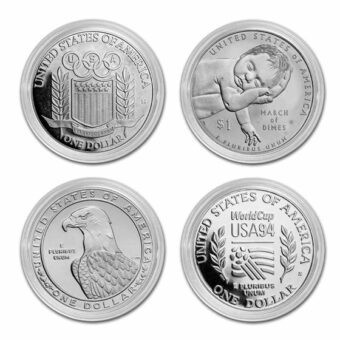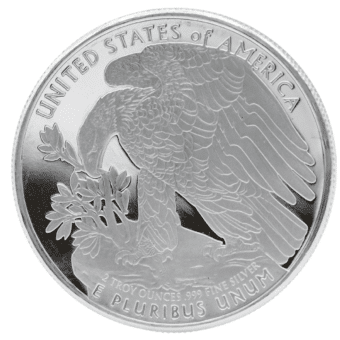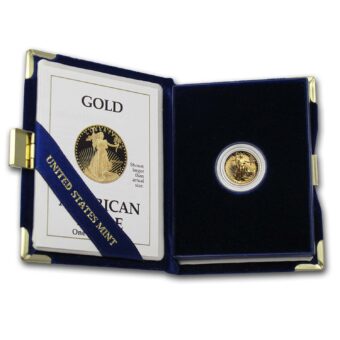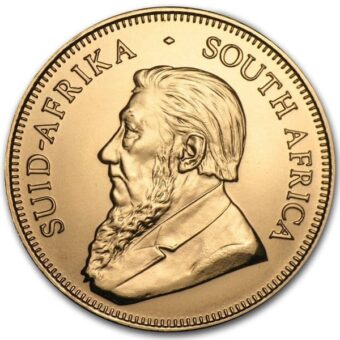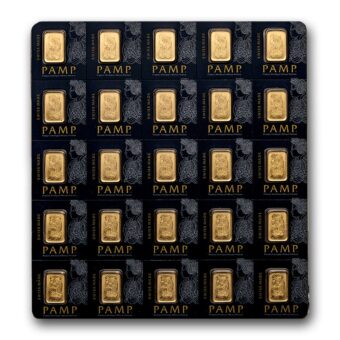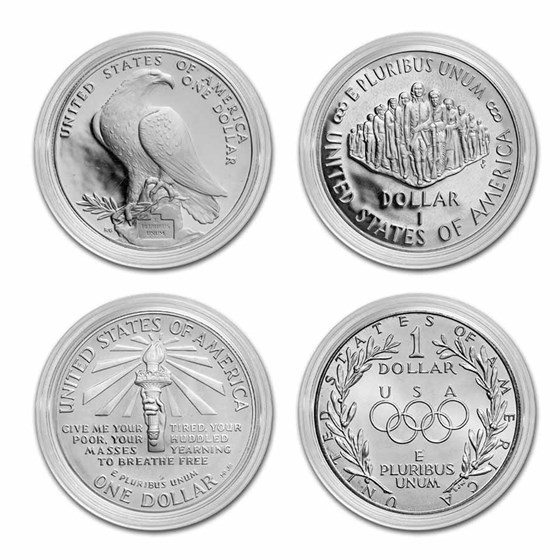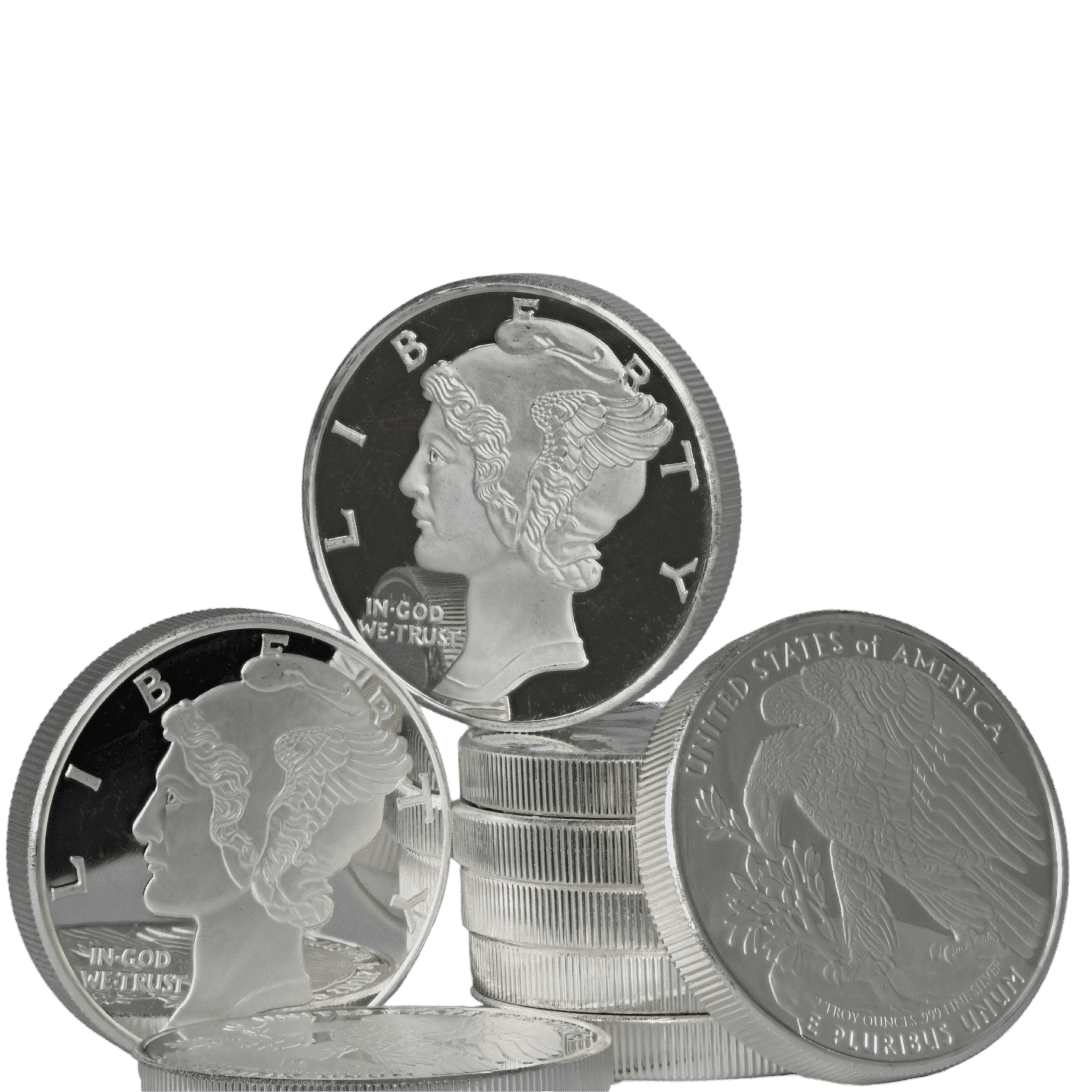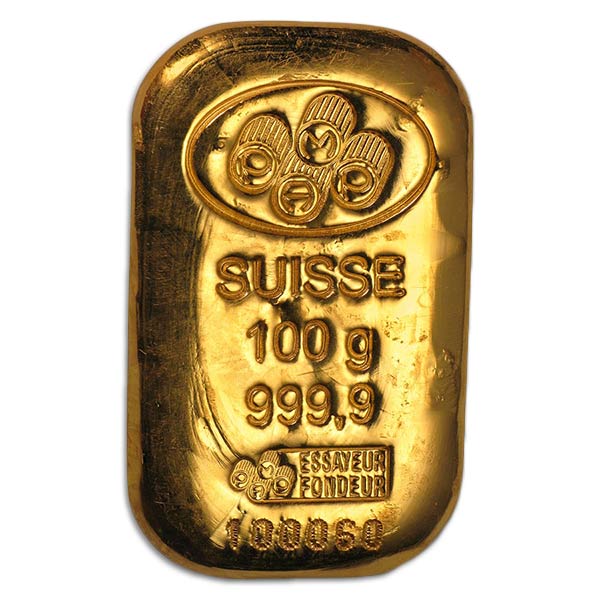Market Recap: Gold Sets the Pace in a Data-Heavy Week
Monday – March 17, 2025
Gold edged higher to $3,004.80, while silver eased to $34.23. Ahead of the Fed’s midweek policy update, markets exhibited a cautious optimism. Traders looked for guidance on the tone of future monetary policy, with gold continuing to benefit from safe-haven demand.
Tuesday – March 18, 2025
Gold climbed sharply to $3,040.90, joined by silver at $34.75. The catalyst was a combination of geopolitical developments and growing expectations of looser policy. Global headlines—including renewed conflict in the Middle East—added to the case for diversification, while central banks continued to reposition away from the U.S. dollar.
Wednesday – March 19, 2025
The Fed held rates steady, signaling a pause in its tightening cycle. Gold rose slightly to $3,045.00, while silver declined on profit-taking. The central bank’s move to slow the pace of asset runoff was interpreted as a subtle pivot, supporting precious metals.
Thursday – March 20, 2025
Gold touched another record high, closing at $3,046.00. The Fed’s dovish tilt reassured markets, while silver softened to $33.99. Precious metals retained broad appeal as portfolio hedges in an uncertain policy environment.
Friday – March 21, 2025
A quiet close to the week saw gold holding at $3,044.10 and silver easing to $33.76. With no major data on the calendar, market activity was subdued, though sentiment around metals remained constructive.
The Return of “Transitory” Inflation—A Familiar Term Reappears
Federal Reserve Chair Jerome Powell reintroduced the word “transitory” to describe inflation dynamics, especially those stemming from new trade tariffs. While inflation is projected to reach 2.8% in 2025, the Fed expects it to gradually fall back to 2.0% over the following years.
Despite market concerns about persistent price pressures, the Fed’s stance was that tariff-related inflation may not require aggressive intervention—unless it proves sticky. The Dow responded favorably to Powell’s remarks, closing up 383 points. Still, many market participants remain watchful, recognizing that macro forecasts can shift rapidly.
El-Erian: Gold’s Rally Reflects Structural Shifts Beyond Inflation
Economist Mohamed El-Erian offered a broader perspective on gold’s recent performance. Speaking on the metal’s all-time highs, he noted that gold’s rise is about more than inflation—it signals a changing sentiment toward U.S. dollar dominance.
Global capital flows are diversifying. Sovereign wealth funds, corporations, and households alike are seeking alternatives, including gold and, increasingly, digital assets like Bitcoin. Central banks have ramped up gold purchases, and new financial networks are being developed to reduce reliance on U.S.-centric systems.
El-Erian emphasized that while no single currency is poised to replace the dollar, alternative frameworks are clearly gaining traction.
Gold Maintains Strength Amid Positive Housing Data
Despite an unexpectedly strong report on U.S. housing, gold remained firm. Existing home sales rose 4.2% in February, while home prices climbed 3.8% year-over-year. Normally, such indicators might place downward pressure on gold, but that correlation has weakened.
Spot gold held above $3,030 even as housing metrics improved. This reflects gold’s evolving role—not just as a hedge against weak growth, but as a broader store of value amid structural uncertainty.
The Fed Holds Course, But Gold Marches Higher
On Wednesday, the Fed held rates steady and reduced the pace of its balance sheet runoff. While these were not unexpected moves, gold’s upward trajectory suggests that markets are looking beyond short-term policy actions.
Gold futures closed at $3,047.14 in New York and advanced further in overseas trading. Despite a relatively strong dollar, demand for gold remains resilient—fueled by both geopolitical concerns and shifts in monetary policy expectations.
Tariffs and Inflation: Policy Frictions Reshape Market Assumptions
Chair Powell acknowledged the inflationary impact of recently implemented tariffs but reiterated the Fed’s view that the effect could be temporary. Markets responded cautiously to the suggestion, aware that past assurances of transitory inflation proved inaccurate.
Forecasts for 2025 inflation remain flat, suggesting that the Fed expects pricing pressures to persist in the near term. While recession risks were downplayed, analysts continue to monitor evolving conditions closely.
Utah Expands Use of Gold and Silver for Government Payments
In a notable development, Utah passed legislation allowing state vendors to be paid in physical gold and silver. Bill HB306 establishes a framework for fractional gold and silver payments, supported by an electronic platform. The bill is awaiting the governor’s signature.
Utah has also allocated 10% of its rainy-day fund to physical gold, now valued at $60 million. This move aligns with a growing interest among states in alternative monetary frameworks and reflects a broader conversation around financial resilience and diversification.
Looking Ahead: Economic Calendar and Key Implications for Metals
Monday, March 24
- S&P Flash PMIs: Weak numbers may strengthen gold. Resilience could limit further upside.
Tuesday, March 25
- Philly Fed Survey, Case-Shiller Index, Consumer Confidence, New Home Sales: Data suggesting economic strength may temper gold’s short-term performance. However, any signs of cooling would reinforce the case for metals.
Wednesday, March 26
- Fed Speech (Musalem): Market reaction will depend on tone. Dovish commentary could lift gold.
Thursday, March 27
- Jobless Claims, GDP (Q4 Revision), Pending Home Sales, Fed Speech (Barkin): Mixed data could create volatility. Slower growth supports metals.
Friday, March 28
- PCE Inflation Index, Consumer Sentiment: These are pivotal for gauging the Fed’s next moves. A subdued PCE print would likely support gold, while a higher reading might delay rate cuts.
What This Means for Portfolios
This week reinforced gold’s multi-faceted role in modern portfolios. It’s increasingly viewed not only as a hedge against inflation but as a counterweight to currency risk, geopolitical volatility, and shifting monetary policy.
As the Fed adopts a more nuanced tone, and global capital flows continue to rebalance, physical gold and silver provide clarity. They remain among the few assets not tied to promises, policies, or projections—just enduring value.
For those considering diversification, U.S.-minted coins with numismatic advantages offer additional appeal, combining historical significance, legal recognition, and liquidity. At Brighton Enterprises, we see continued strength in demand for these tangible assets.
Take the Next Step with Brighton Enterprises
Brighton Enterprises offers physical gold and silver for those seeking long-term preservation of wealth through trusted assets. We specialize in American coins with historical and numismatic value—offering both intrinsic appeal and potential advantages under U.S. law.
We also provide guidance on secure storage solutions, whether at home or in fully insured depositories. Our team is ready to help you evaluate options that align with your financial goals.
Call us today at 844-459-0042 or visit brightongold.com
We are not financial advisors. This content is for informational purposes only and should not be construed as financial advice. Please consult with a licensed professional for personalized guidance. This publication adheres to all SEC laws, rules, and guidelines.






